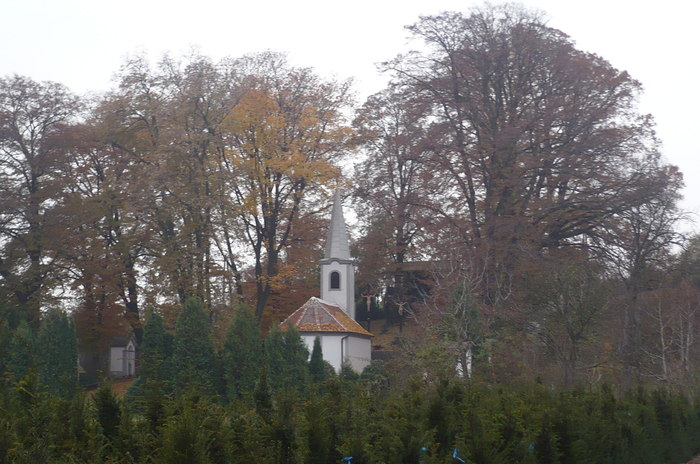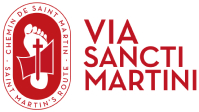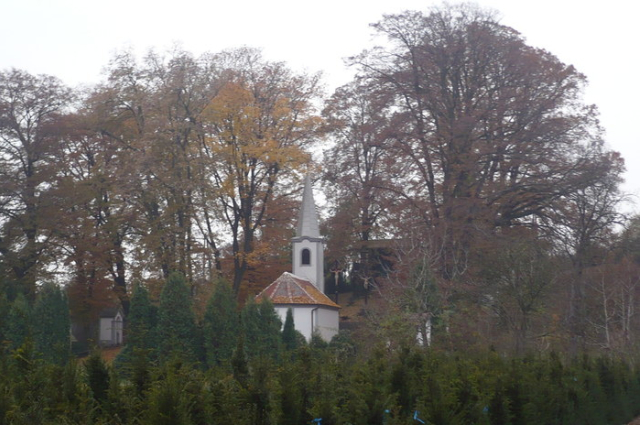
Stop point - Gencsapáti

The St. Martin's Way passes through the outskirts of the village, the vineyard and the Szentkút. The tradition of the St. Martin's Way can be traced back to the first half of the 1700s, the chapel was built in the 18th century and the calvary was completed in 1906. Gencsapáti was formed by the merger of Németgencs and Gyöngyösapáti.
Places to visit
- Tradition and community - permanent exhibition of local history - Gencsapáti Szentegyház u. 5. Tel. (36) 94 508-522
- Hollywell
Twice a year, on the Sundays following the feast of the Holy Cross (3 May) and the Exaltation of the Holy Cross (14 September), the church is visited by a large number of people from the surrounding parishes. It is a long-standing tradition that at the dawn of Easter, the faithful of Genève - following the example of the pious women of the Bible - pay homage to the risen Saviour at the Holy Well.
The Way of Mary and is part of the pilgrimage route of St. Martin.
- Church of St James
The history of the chapel dates back to about 1756, when the first mention was made of the spring of the water of the Dormition. According to the story, the eyes of a child with unseeing eyes were opened and in gratitude they built this chapel at the spring. As time went by, more and more things were built, such as the three crosses, the 14 stations and the cave of Lourdes.
At the dawn of Easter, the faithful of Genève pay their respects to the Saviour at the Holy Well.
- Széchenyi Castle
The castle's ancestor, a 12-roomed manor house, was originally built in the second half of the 16th century by the Chemetey family and became one of the main residences of István Chemethey (fl. 1578-1607), deputy governor of Vas county. This castle was later owned by the Széchényi family, who rebuilt it in the 1820s in the neoclassical style. At the end of the century the building was again rebuilt, this time in an eclectic style. On 15 March 1926, after several changes of ownership, the state donated it to Albert Apponyi as compensation for the loss of his property during the Trianon peace treaty. In 1933, however, after Albert Apponyi's death, it reverted to state ownership and was managed by the Royal Hungarian Defence Fund. Between 1945 and 1948, it was used by former deportees and then returned to the military. In 1946-47, the JOINT organisation provided a holiday home for children. In 1956, a children's home was opened in the building, which remained in operation until 2006.
Source: Wikipédia
- Gencsapáti

